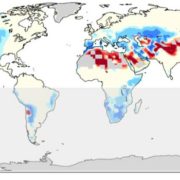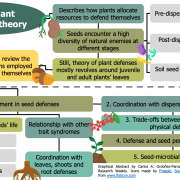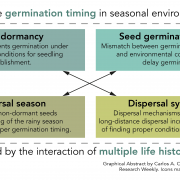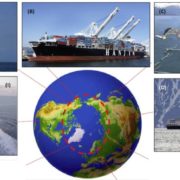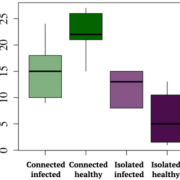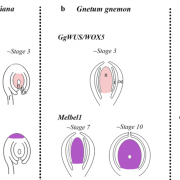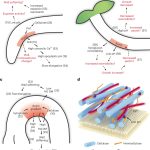Review: The establishment of plants following long-distance dispersal
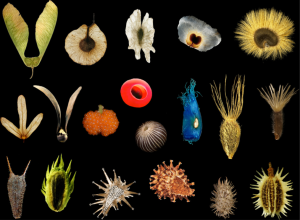 Seed dispersal is a critical ecological process with far-reaching implications. On rare occasions, seeds can be dispersed over vast distances, far beyond the range of the species. These events, known as long-distance dispersal, have profound evolutionary implications by expanding species distribution and triggering speciation. However, a comprehensive framework for understanding is still missing. In this exciting review, Wu and colleagues provide a first-of-its-kind synthesis of long-distance dispersal and its implication for species biogeography and evolution. The authors identify six factors that shape this process: 1) propagule pressure, 2) functional traits, 3) extreme events and anthropogenic disturbances, 4) predators, competitors, and mutualists, 5) niche flexibility and 6) Allee effects. Notably, the authors emphasize the role of humans in long-distance dispersal, as human activities allow the movement of seeds all over the globe. As a result, studying long-distance dispersal should be a priority and a promising research area in the Anthropocene. The authors also outline simple formulas to estimate the probability of colonizing new sites. As a result, the review provides a theoretical and quantitative foundation for future advancements in this research area. (Summary by Carlos A. Ordóñez-Parra @caordonezparra) Trends Ecol. Evol. 10.1016/j.tree.2022.11.003
Seed dispersal is a critical ecological process with far-reaching implications. On rare occasions, seeds can be dispersed over vast distances, far beyond the range of the species. These events, known as long-distance dispersal, have profound evolutionary implications by expanding species distribution and triggering speciation. However, a comprehensive framework for understanding is still missing. In this exciting review, Wu and colleagues provide a first-of-its-kind synthesis of long-distance dispersal and its implication for species biogeography and evolution. The authors identify six factors that shape this process: 1) propagule pressure, 2) functional traits, 3) extreme events and anthropogenic disturbances, 4) predators, competitors, and mutualists, 5) niche flexibility and 6) Allee effects. Notably, the authors emphasize the role of humans in long-distance dispersal, as human activities allow the movement of seeds all over the globe. As a result, studying long-distance dispersal should be a priority and a promising research area in the Anthropocene. The authors also outline simple formulas to estimate the probability of colonizing new sites. As a result, the review provides a theoretical and quantitative foundation for future advancements in this research area. (Summary by Carlos A. Ordóñez-Parra @caordonezparra) Trends Ecol. Evol. 10.1016/j.tree.2022.11.003


